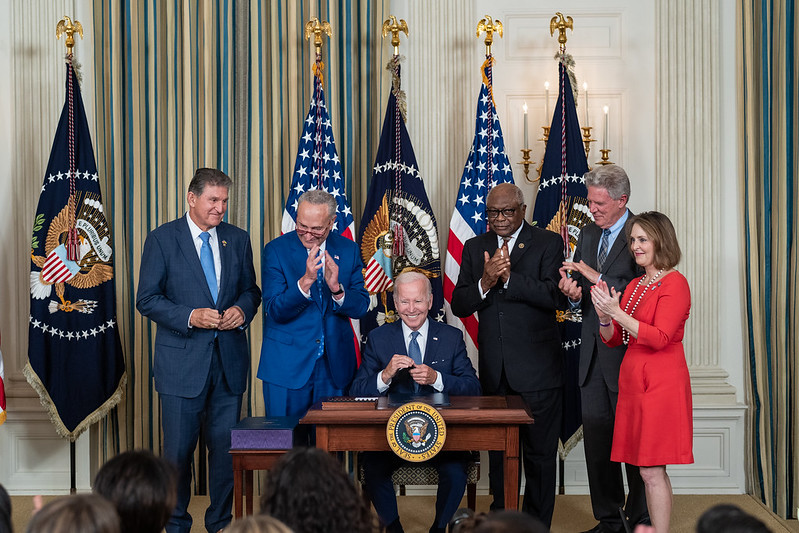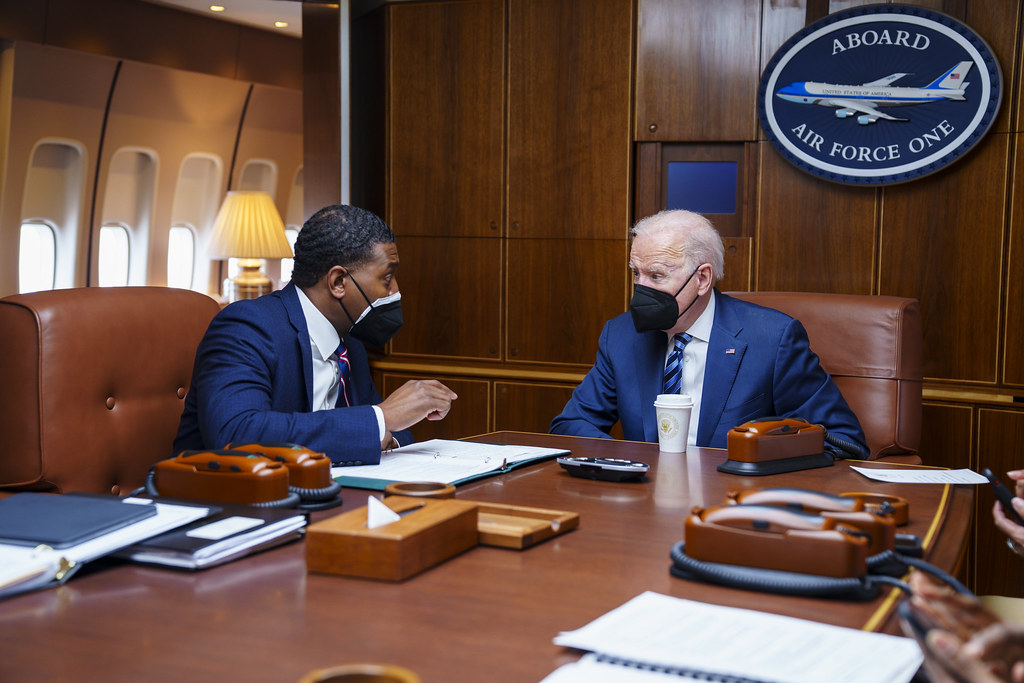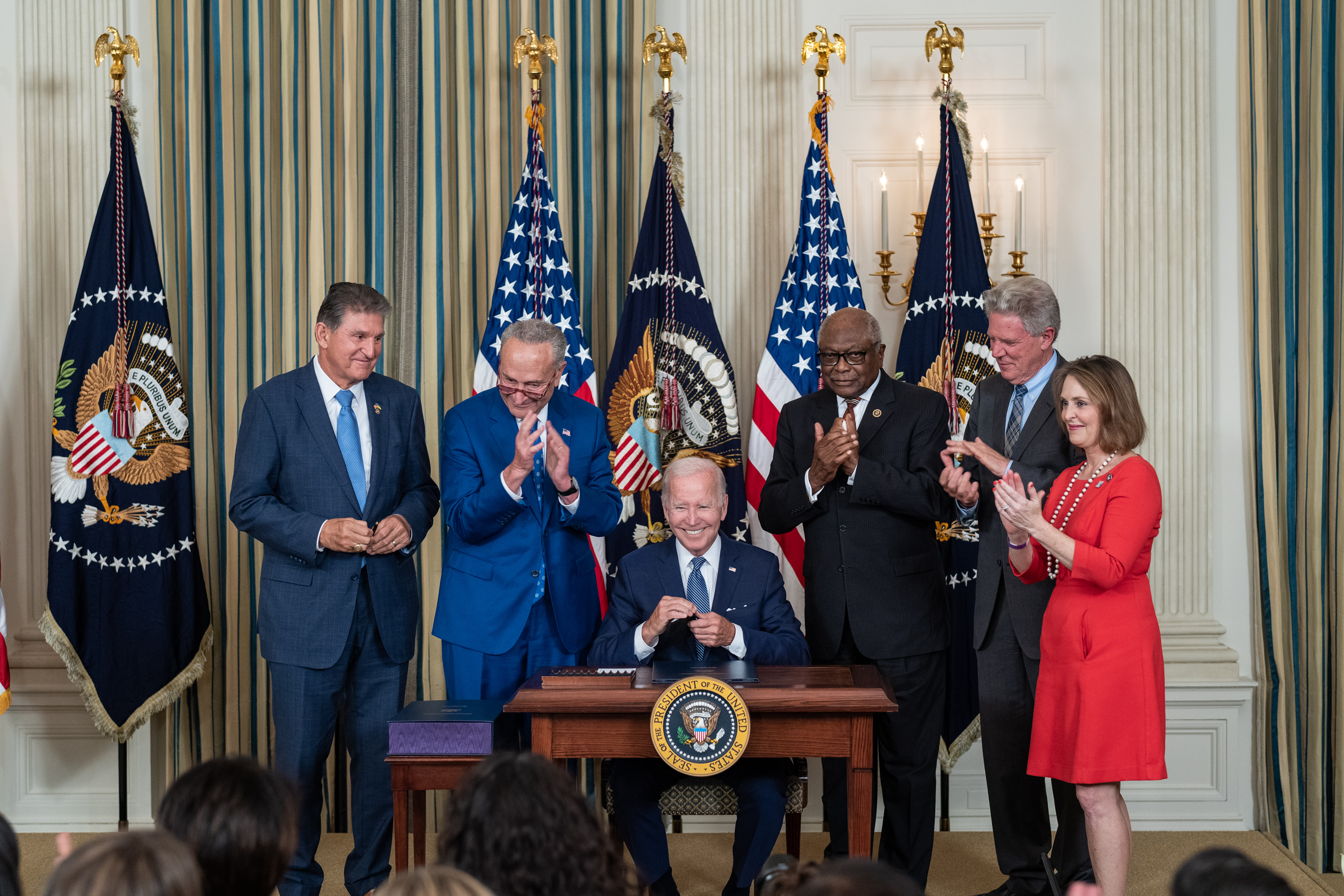President Biden Should Lay Out a Forward-Looking Vision
Transitioning the U.S. economy to clean energy is no small feat. The IRA is a massive leap in the right direction, but we know that the law’s investments alone will not get us to the president’s ambitious climate targets. Even as he touts the IRA’s successes, President Biden can recognize the work yet to be done — in order to reach his climate goals, secure a liveable future, and guarantee clean air and water for every American, President Biden must pursue an ambitious executive climate agenda in the latter half of his term.
First and foremost, President Biden’s Environmental Protection Agency (EPA) must quickly advance a suite of strong rules to comprehensively tackle pollution from the power sector. EPA has already fallen behind on nine of the ten key rules necessary to mitigate toxic and climate-warming air pollution, and they need to go further faster. These rules are the linchpin for achieving President Biden’s climate and clean energy targets — when paired with IRA investments and other action, just two of the highest-impact EPA rules will get us from 39 percent clean energy today to 76 percent by 2030, safely within reach of the president’s 80 percent goal. The administration must redouble its efforts to finalize EPA’s clean air rules well before the end of President Biden’s first term.
The State of the Union should also lay out a plan for cutting carbon pollution in every sector of the economy. EPA must accelerate rulemaking to limit greenhouse gas pollution from cars and trucks. The Department of Energy (DOE) must charge ahead on appliance efficiency standards and other rules to decarbonize the buildings sector and eliminate the widespread impacts of fossil fuel appliances. To build resilience, cut pollution, and improve carbon sequestration in American farming, the U.S. Department of Agriculture must efficiently distribute the IRA’s $20 billion of funding for conservation and climate. Through Buy Clean initiatives, DOE investments, EPA standards, and more, the White House can also work to decarbonize heavy industry. Over the next two years, President Biden will have numerous tools to build on his successes and lead the transition to a clean energy economy. He must escalate the all-of-government mobilization to capitalize on those opportunities.
And in touting the successes of the IRA’s climate investments, we hope to see President Biden speak to the importance of implementing the funds equitably and effectively. Federal agencies are now responsible for distributing hundreds of billions of dollars for climate, and it is incumbent on them to build programs that will efficiently accelerate decarbonization and clean energy deployment. This is also where the rubber hits the road for President Biden’s Justice40 pledge, which would direct 40 percent of the benefits of climate investments to frontline and disadvantaged communities. In the State of the Union, the president should reaffirm his commitment to Justice40, lay out his vision for an ambitious implementation of the IRA’s climate investments, and set the country on track for a rapid and equitable transition to clean energy.
This Is a Pivotal Moment in the Biden Presidency
President Biden has already notched a world-historic victory in the fight against climate change, and his address tomorrow should reflect that achievement. It should also speak to the work left to do, and the all-of-government efforts needed for regulatory action and IRA implementation. We are at an inflection point in America’s transition to a clean energy economy — the State of the Union should recognize that by celebrating wins as it charts out a vision for a future economy run on clean energy.





